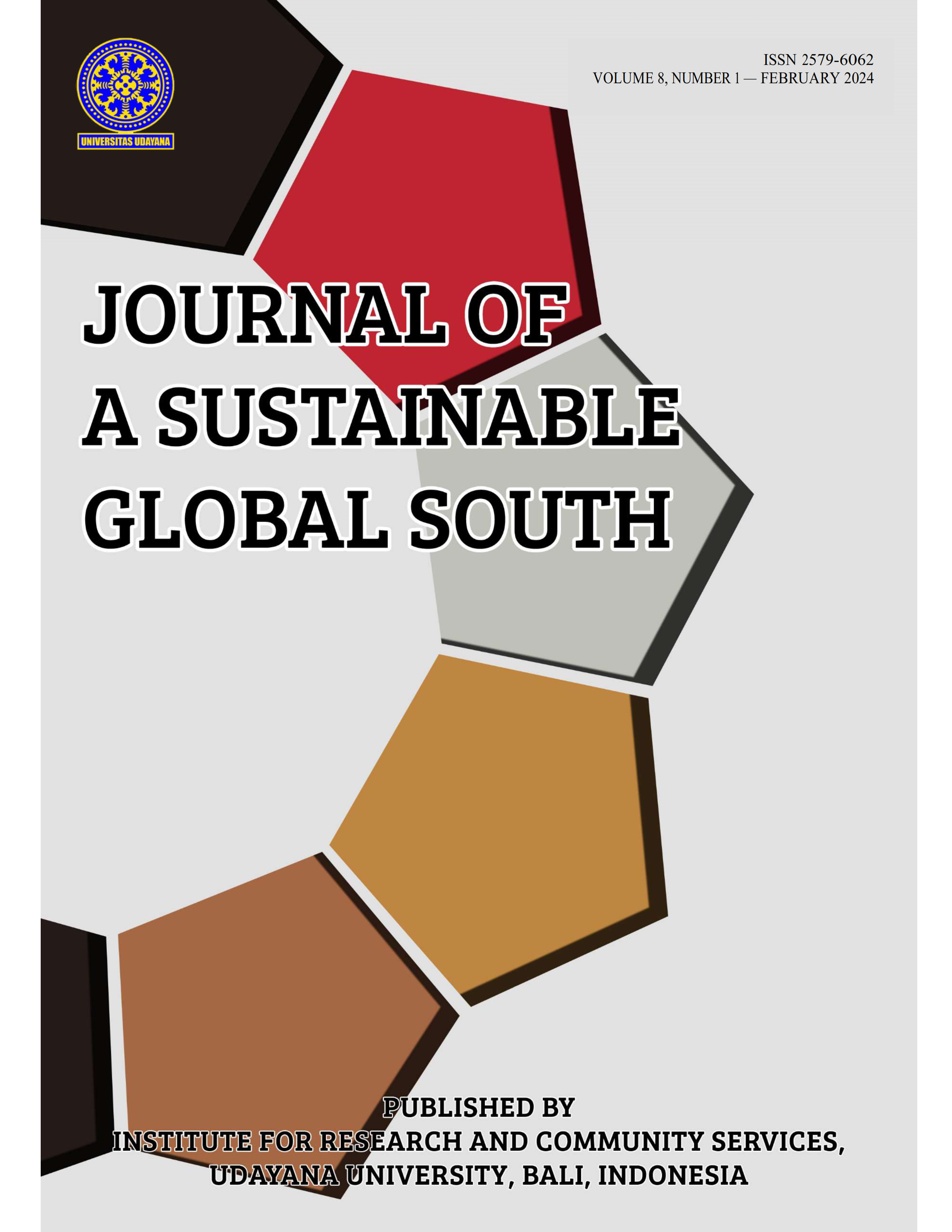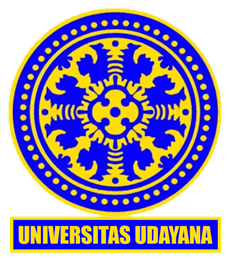Environmental Certifications in Architecture in Southeast Asia
Abstract
The present textual work focuses on the significant role of certifications such as LEED and BREEAM in the context of architecture in Southeast Asia. LEED and BREEAM are widely recognized sustainability certification systems that assess and promote environmentally friendly and energy-efficient building practices. These certificates serve as valuable guides for sustainable construction projects and have a positive impact on the promotion of sustainability principles. The findings indicate that the demand for environmentally friendly buildings in this region is continuously growing. This has led to an increased application of certifications as instruments to achieve sustainability goals. Despite this positive development, some challenges persist. In particular, the disparity between claimed sustainability and the actual sustainability achieved in certain construction projects requires critical examination. This underscores the urgent need for more effective monitoring and regulation regarding certification procedures. Another crucial insight is that the adaptation of certificates to the cultural and climatic peculiarities of the region is of great importance. The present work emphasizes the importance of close collaboration between government authorities, architects, and the construction industry to effectively promote sustainable architecture in Southeast Asia. It concludes with an outlook on future developments and the potential role of regional materials and construction methods in the architecture of this region. In summary, it becomes evident that certifications play an indispensable role in promoting sustainability, but their effectiveness depends on a variety of factors. The aspects of monitoring and adaptation to regional conditions prove to be crucial for achieving the goals of sustainable architecture in Southeast Asia in the long term.
Downloads

This work is licensed under a Creative Commons Attribution 4.0 International License.










(1).png)


